Suicide mission: how Mass Effect 2's finale plays your emotions to make death genuinely mean something
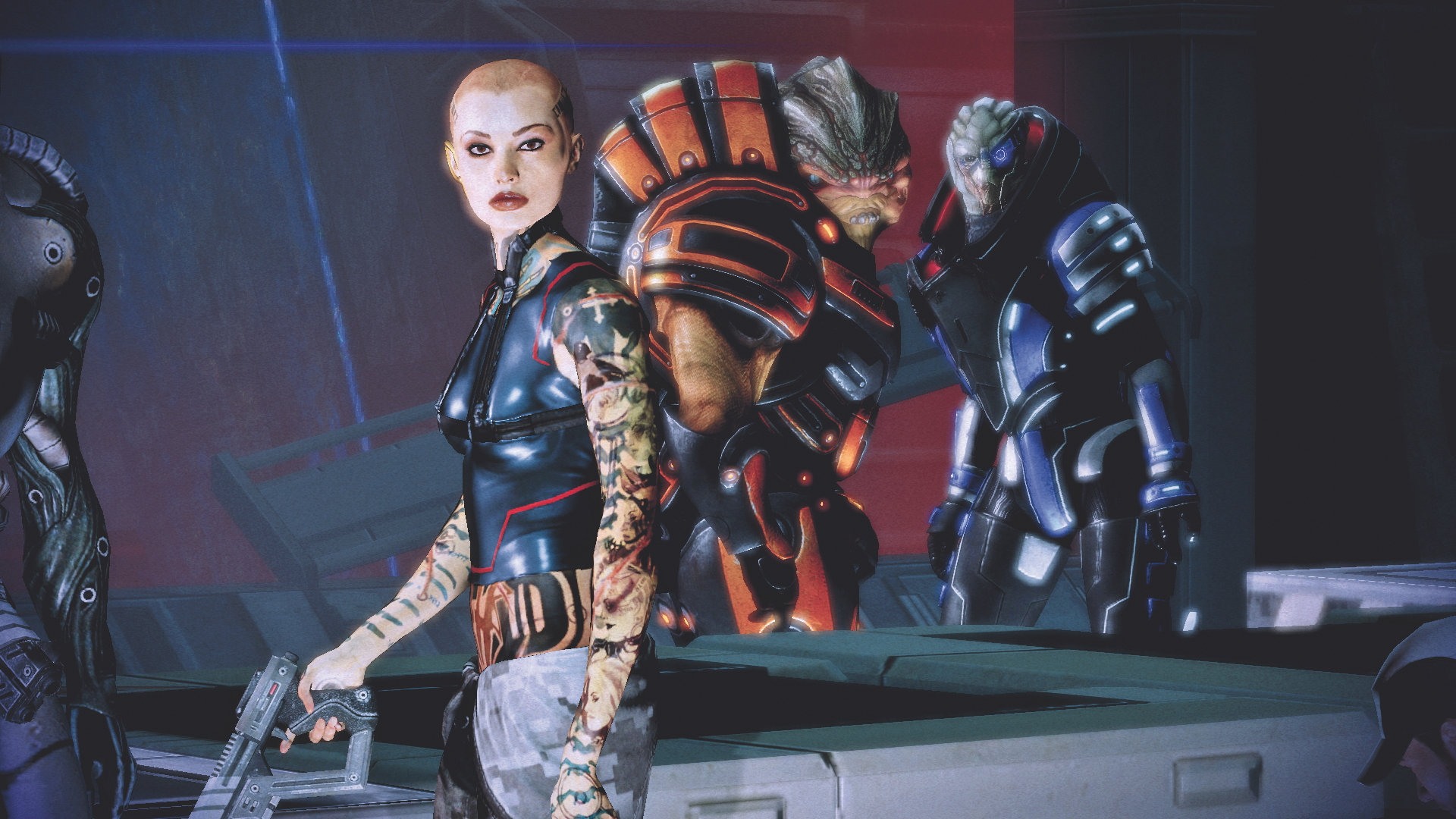
Everything in BioWare’s epic space opera leads to one thing: the suicide mission. After forming a crew of the galaxy’s most notorious mercenaries, criminals, and genetically engineered super-soldiers, Shepard has to fly his ship through the mysterious and feared Omega Relay.
In the Mass Effect universe, people use ancient devices called Mass Relays to travel between the stars. But anyone who travels through the Omega Relay, which glows a sinister red rather than the usual soft blue, never comes back. It’s a cosmic Bermuda Triangle, and is said to lead to the home of the Collectors: a race of insect-like creatures that serve as the antagonists in Mass Effect 2.
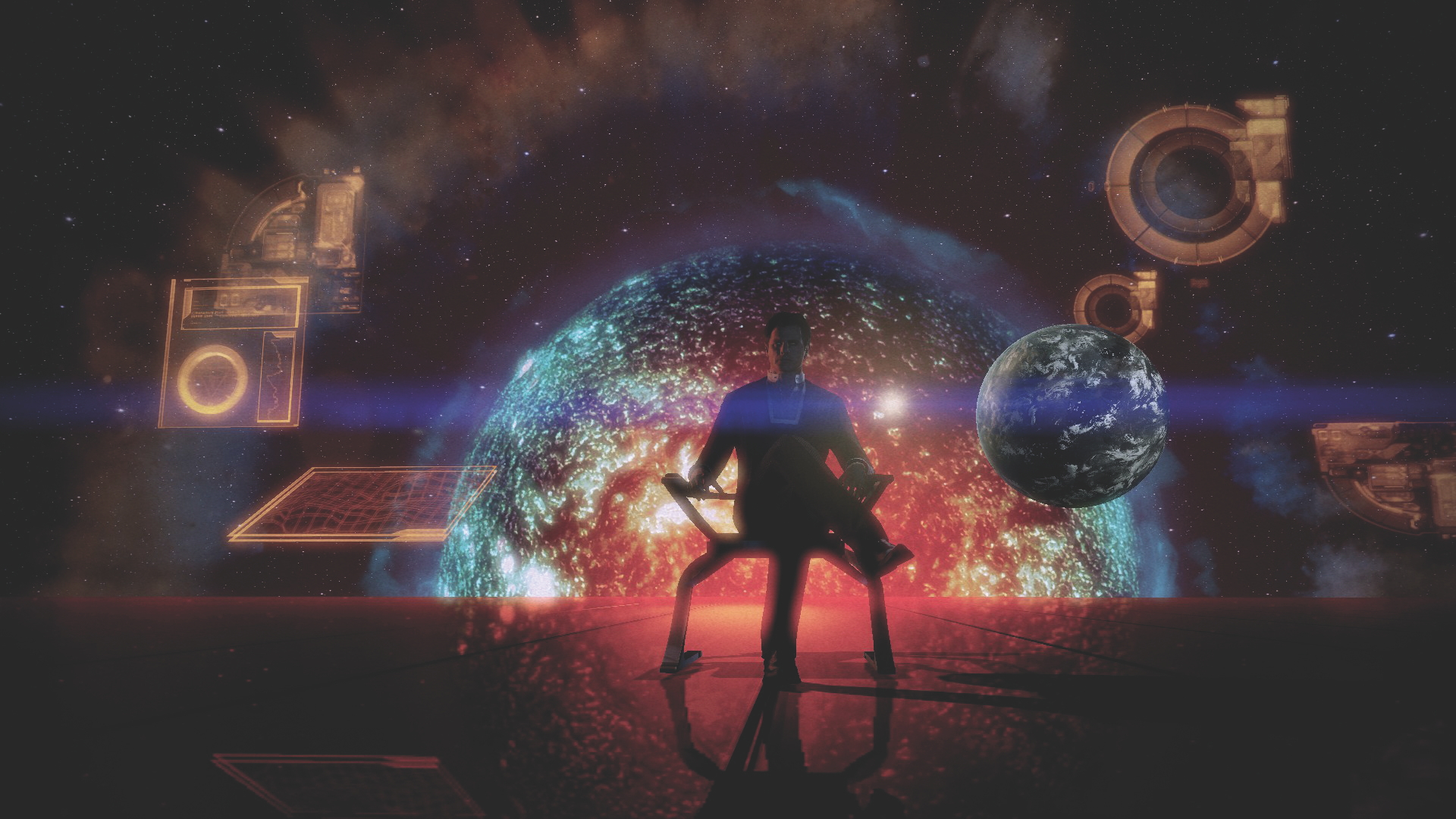
The Collectors have been invading human colonies throughout the Milky Way and kidnapping the inhabitants. This inspires the powerful Illusive Man – the leader of a pro-human group called Cerberus – to hire war hero Shepard to investigate. But first Shepard has to build a crew for the Normandy SR2 that’s tough enough to handle whatever lies on the other side of the Omega Relay – and brave (or foolish) enough to agree to even go through it in the first place. This search is the focus of most of the game.
Mass Effect 2 has one of the most diverse, fascinating casts I’ve ever encountered. Shepard is given a series of dossiers on each potential recruit, which paint the characters in one-dimensional terms. We have the master thief, the assassin, the warlord and the professor. But when you meet these people, you realise that they’re nuanced, flawed and interesting, and getting to know them as you chase after the Collectors is a constant delight.
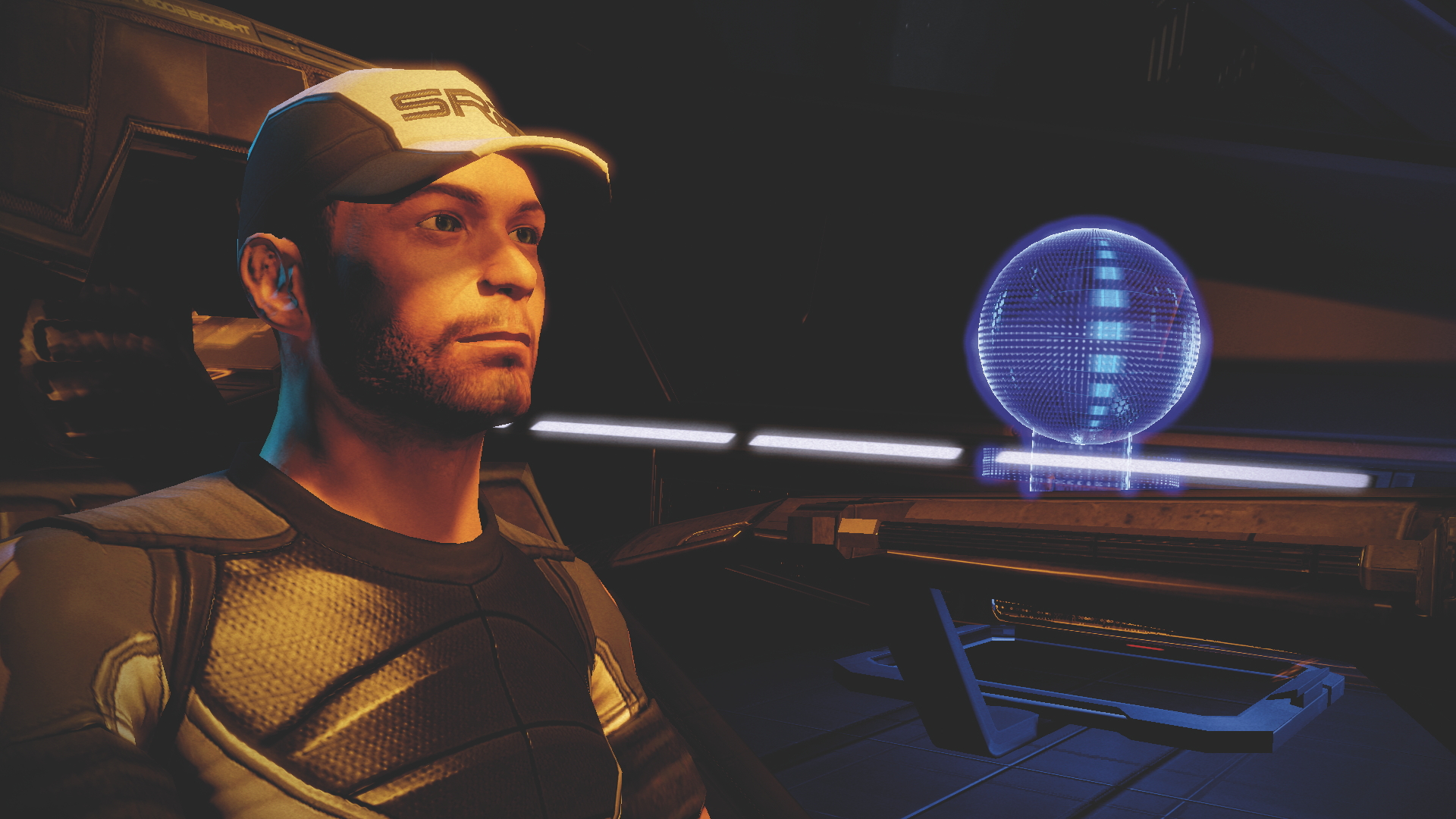
When I think about what I love about Mass Effect 2, it’s not the missions or the combat or the endless scanning for minerals. It’s the people. I always loved finishing a mission and returning to the Normandy to visit each crew member and talk to them. The way they slowly begin to trust you over time, revealing more about themselves and what they think about the suicide mission, makes you genuinely grow to love them. These relationships are the most intimate and meaningful I’ve ever formed with imaginary characters. Well, except Jacob, who has all the charisma of a supermassive black hole.
The cruel genius is that BioWare knows full well that you’ve fallen in love with these characters, and then proceeds to shamelessly exploit your emotions. The suicide mission will, for most players, occur after around 30-40 hours of character development. You’ll know the crew of the Normandy better than you know some of your actual friends. And then, suddenly, every single one of their lives is in jeopardy. And not the kind of jeopardy that means restarting from a checkpoint when one of them dies: the kind that means when they die, they’re gone forever.
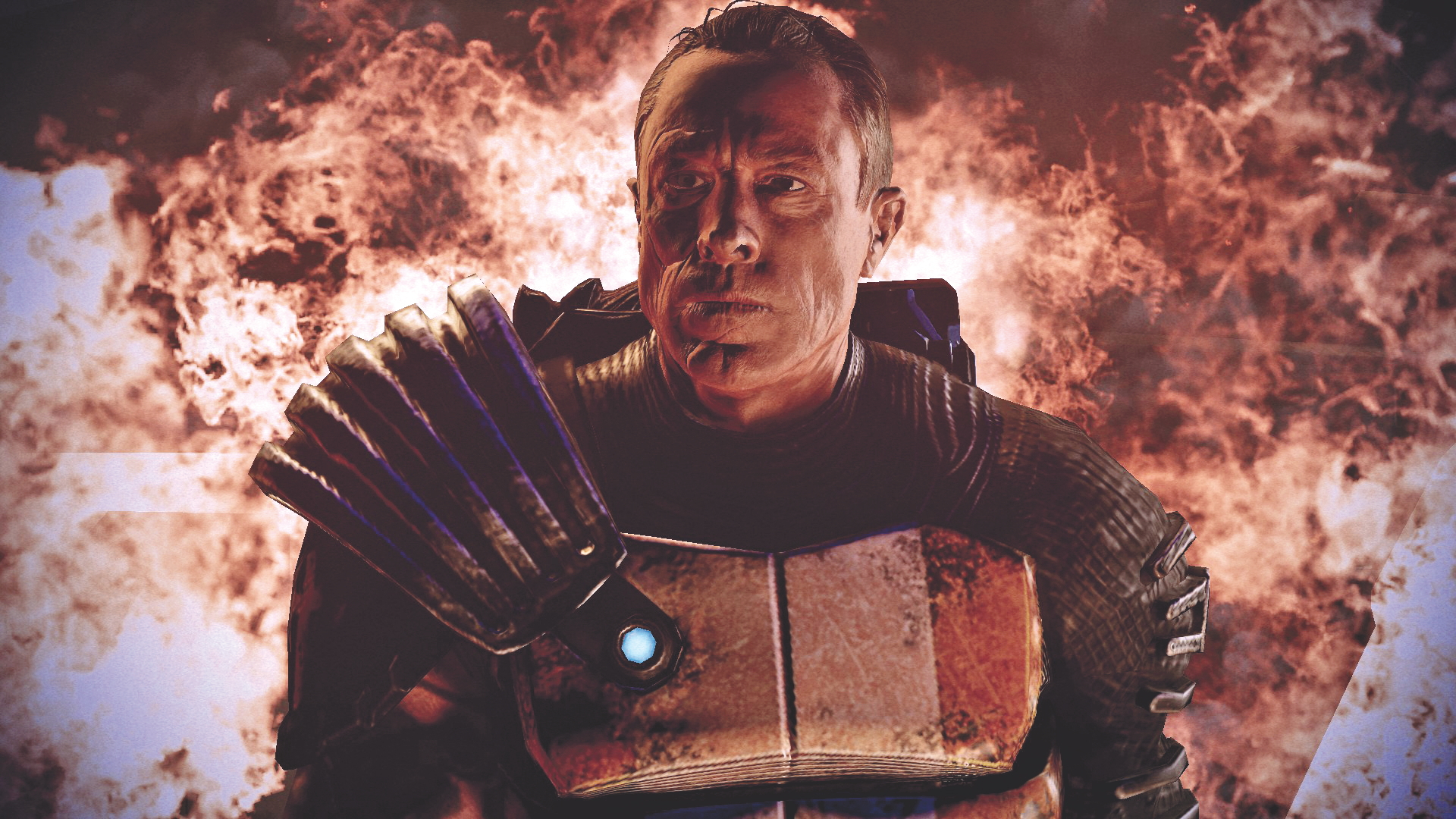
The first death can happen almost immediately. When the Normandy finally travels through the Omega Relay, you find yourself flying through an immense debris field of destroyed starships, hunted by laser-firing Collector drones. If you didn’t take the time to fully upgrade the ship, one of the lasers cuts through the hull and instantly kills a character. It’s so brutally matter-of-fact that you can’t quite believe it’s happened. But it tells you, in the harshest manner possible, that BioWare really wasn’t joking when it called this a suicide mission.
Sign up to the GamesRadar+ Newsletter
Weekly digests, tales from the communities you love, and more
Shepard and crew arrive at the Collector base and you have to come up with a plan. A series of objectives are decided, and you must assign each one to a specific team member. And your choices here will determine whether someone lives or dies. I must have spent half an hour pondering these choices, carefully deciding who would be the best fit for each job. But that’s not the only factor. If you didn’t complete a character’s loyalty mission, which gives them closure for something in their lives that was troubling them, their chances of dying actually increase. If you didn’t, and you’ve already gone through the Omega Relay, you just have to live with your decision.
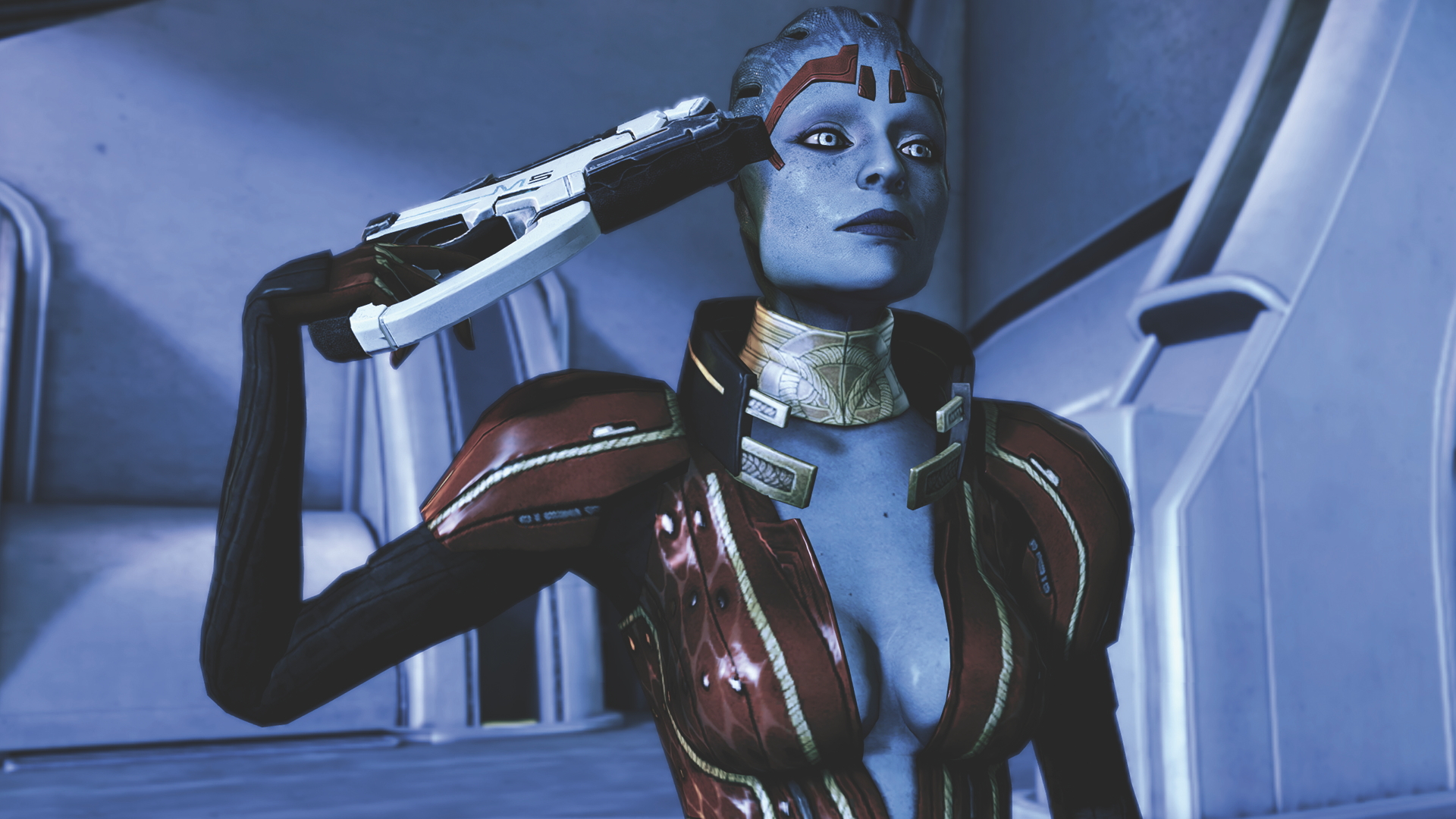
What follows is the most stressful hour I’ve ever endured in a video game. You watch the suicide mission play out, and pray that you picked the correct person for each job. And if you didn’t, you watch them die horribly. If a character, even one as prominent as Garrus or Tali, dies, they won’t appear in Mass Effect 3. One of the bravest things BioWare did in the Mass Effect series is refuse to give key characters plot armour. No one is safe, and it makes death really mean something. More video games should aim to have the stakes so high.
This article originally appeared in Xbox: The Official Magazine. For more great Xbox coverage, you can subscribe here.


